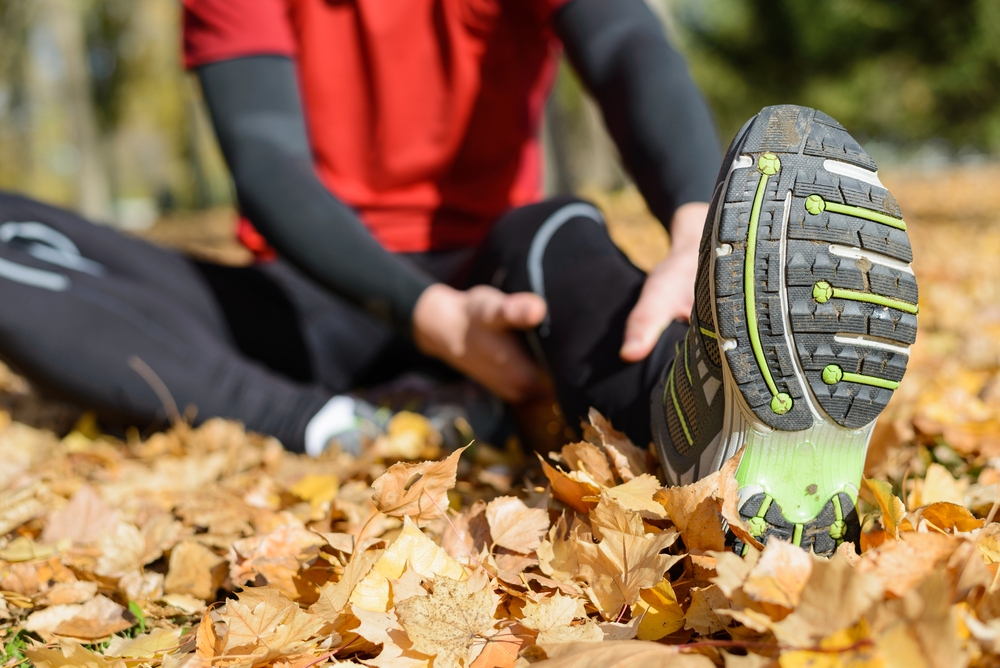Injuries are a common consequence of participating in sports and other related activities, but that doesn’t mean they are completely unavoidable. Professional athletes have the luxury of having a full team of healthcare professionals to guide them through injury prevention programs, but for the rest of us, this information isn’t so readily available. Therefore, the purpose of this article is to provide three simple tips for avoiding some of the most common types of sports injuries.

Tips for avoiding common sports injuries
1. Maintaining Strength and Mobility
It can be difficult to think about injury prevention when you feel fine; however, there are some simple ways that you can build in injury prevention strategies at the same time as your general fitness regime. In this case, it’s important to consider your current training program and ask yourself if there has been anything you have been avoiding for any reason.
For example, many people have the instinct to avoid strengthening muscles that feel stiff. In reality, oftentimes when muscles feel stiff it’s because they are weak and are adopting increased tone to make up for it. When the muscles don’t have the strength to resist a certain load without injury, they tend to “hold on” with increased tone to try and counteract this, leading to the sensation of muscle tightness. Common muscle groups to experience this type of sensation include the hamstrings, hip flexors, and upper fibre trapezius.
Therefore, while stretching stiff muscles can be an effective strategy, it’s important to remind yourself not to avoid strengthening those muscles. By maintaining a good balance of stretching and strengthening for the same muscles, you can instantly begin optimizing your sports injury management strategy.
2. Focusing on Deceleration
A focus on deceleration is common when treating sports injuries, especially in the lower body, or for muscles that cross multiple joints. For example, ACL ruptures, hamstring strains, ankle sprains, and more, are often attributed to a sudden uncontrolled stop or change in direction where the deceleration is very rapid. When considering this with your sports injury management program, try to remind yourself not to rush through the “lowering” or “negative” part of the exercise.
For example, when performing a squat for core and lower body strength, a good tempo to think of is 3 seconds down, 2 seconds hold, and 3 seconds up. This may necessitate a slight reduction in the weight being lifted, but nevertheless, this still emphasizes pure strengthening with the added benefit of control. From there, progressing to more ballistic or multi-directional movements, such as jumping, can further improve your chances of avoiding a sports injury while still focusing on performance. In this case, it is advised to focus on a soft landing, or “absorbing” the impact as smoothly as possible through a larger range of motion. This can help condition the body to become accustomed to these styles of movement patterns while still enhancing your strength and overall performance in the process.
3. Gradual Warm Up and Cool Down
This may sound like a generic statement when it comes to preventing sports injuries, but it’s often overlooked, especially in the absence of any current injury. Remember, we’re talking about sports injury prevention in order to minimize the risk of moving into the phase of sports injury treatment.
For the warm-up, most people think of 5-10 minutes of walking, light jogging, or cycling, which are all good options. This is also the reason many people avoid the warm-up and cool-down, as many people prefer to avoid cardiovascular exercise (which is ill-advised), and often pay the price down the road. However, this also applies to resistance exercises. For example, if you intend to perform 3 sets of 10 reps on the bench press, start with an additional set at the beginning with significantly reduced weight. This will allow you to detect any potential discomfort before it turns into something more problematic, and will also allow the muscles and joints to coordinate in a better fashion as you move into your sets with increased resistance.
In terms of cool-down, this can take many forms. If your exercise is highly dynamic and cardiovascular-based, then a 5-10 minute cool down where you keep moving while your heart rate returns to resting values will not only be a good way to avoid sports injuries but can also assist in speedier recovery to optimize your performance at your next workout. For resistance training, general mobility exercises and gentle stretching can be a great way to cap off a workout, as well as light cardio for 5-10 minutes, especially for enhancing your recovery between sessions.
Conclusion
We hope this article will spark some ideas to include in your training regime, especially as it relates to sports injury management. Not all injuries are avoidable, but the risk can certainly be reduced with some simple strategies, especially if you are able to incorporate them in a way that allows you to focus on your goals.





